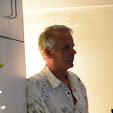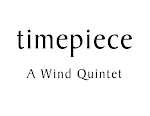Manfred Clynes - who invented the CAT scan and who spent quality time with both Yehudi Menuhin and Pablo Casals - categorized the range emotions as:
no-emotion, anger, hate, grief, love, sexual desire, joy, and reverence.
In his book Sentics he describes the button-like device he had people manipulate to emulate these emotions. Being Australian, he was able to do this with Aboriginal people as well as descendants of the European settlers, and found these emotions manifested with very similar physical parameters for both groups.
In these two recent articles talking about the same research looking at emotions conveyed by facial expressions, the categories they use are:
happy, sad, fearful, angry, surprised and disgusted
There's some, but not complete, overlap between the two. In both cases, though, the connection between emotions and physical gestures is made. My idea is that emotions are encoded in music via the physical gestures making the music, along with the analog of physical gestures in the phrasing and articulation.
I think that music "touches" us, in part, due to the gestural qualities embedded in it. Evolution has given us a very finely tuned ability to read gestures of those around us, and music taps into that.
To my mind, that's the simplest explanation as to why live performance is so much more effective than a recording - our visual input amplifies what we're hearing.
Subscribe to:
Post Comments (Atom)




No comments:
Post a Comment